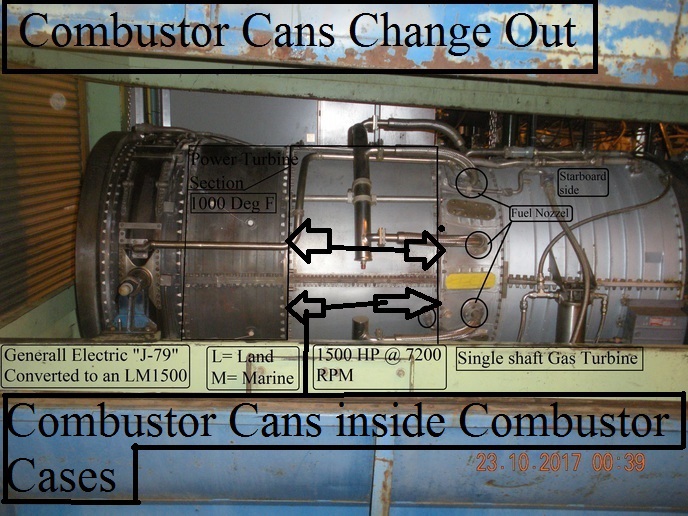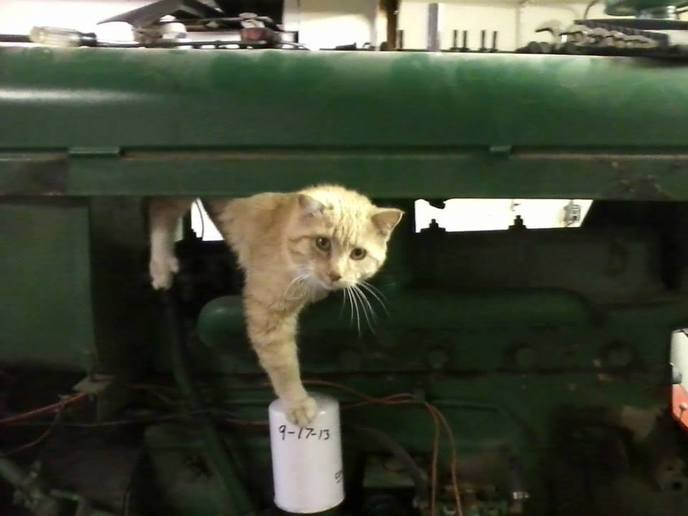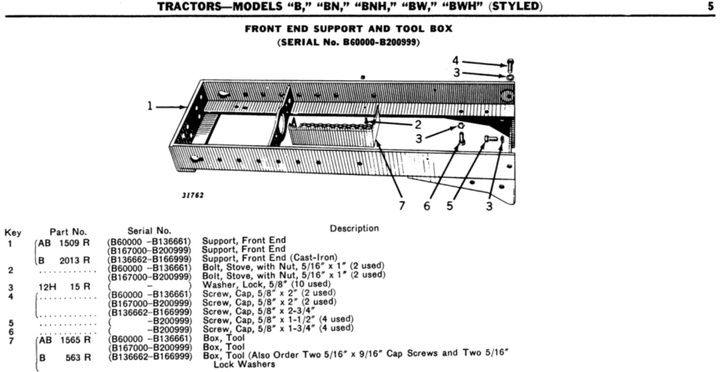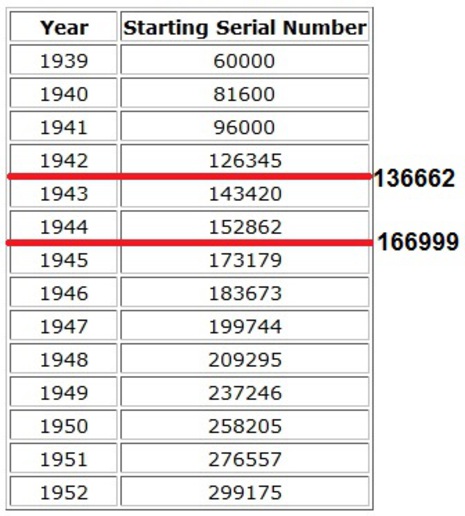Need a little help please on exactly which model 300 series I have. I bought it over the weekend and have enjoyed it so far, although I have a lot of maintenance to do!!
It has the 300 label on the side, but from what I have read the 300 only indicates a series of several different models. As you can see it has a loader. It's also a gas burner, and I was told it's a 59 model.
My cats checked it out thoroughly for me! LOL

It has the 300 label on the side, but from what I have read the 300 only indicates a series of several different models. As you can see it has a loader. It's also a gas burner, and I was told it's a 59 model.
My cats checked it out thoroughly for me! LOL







